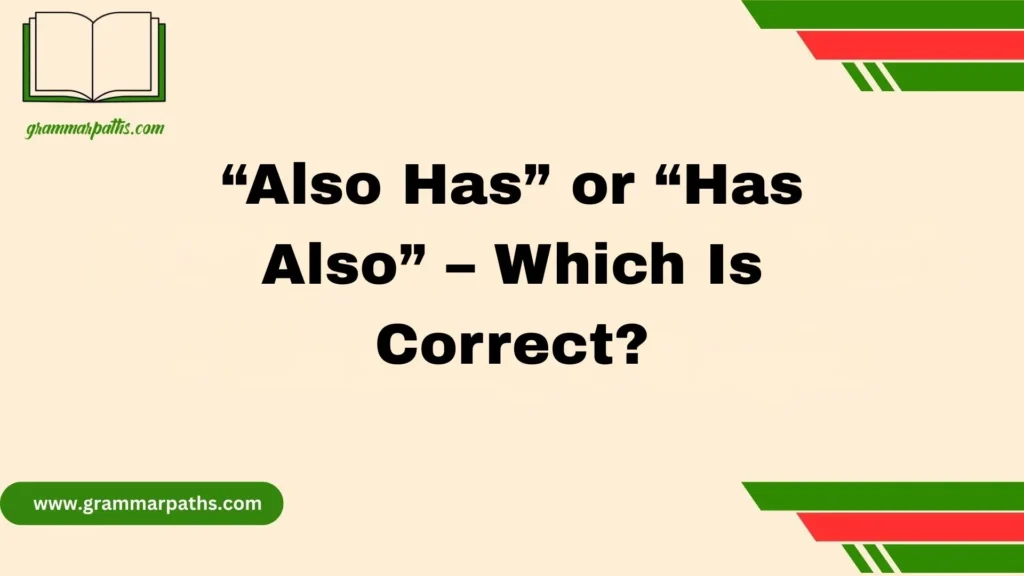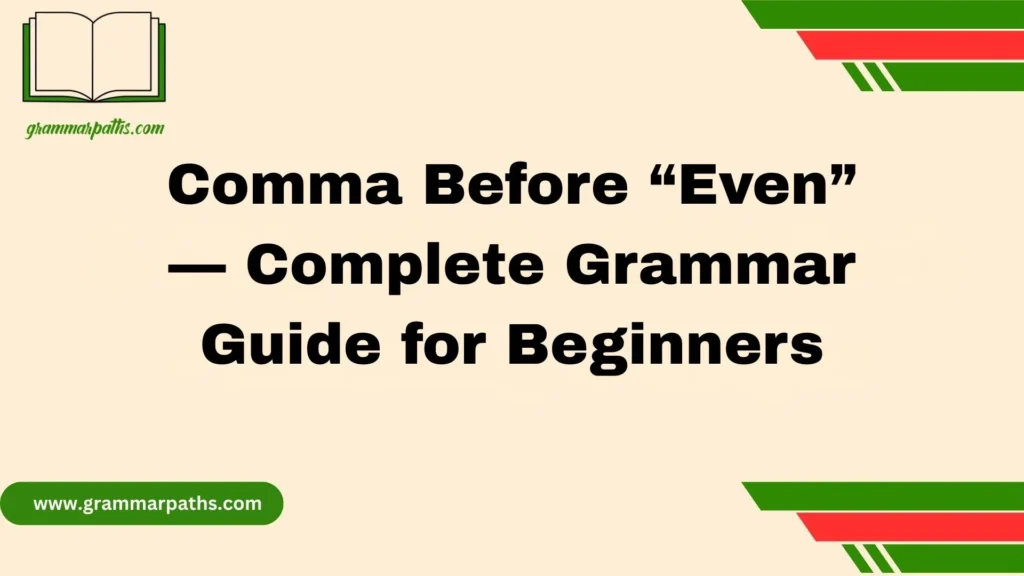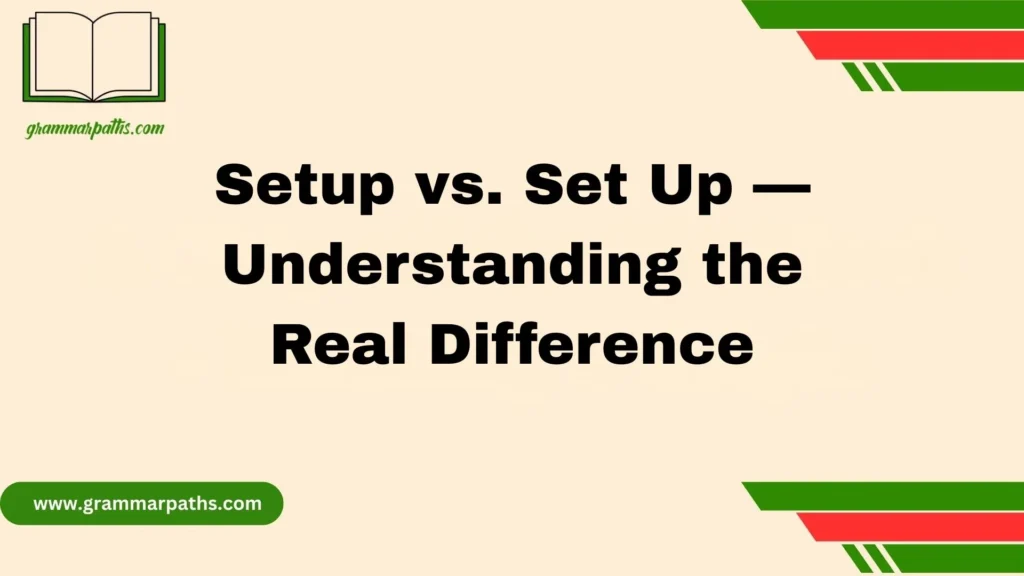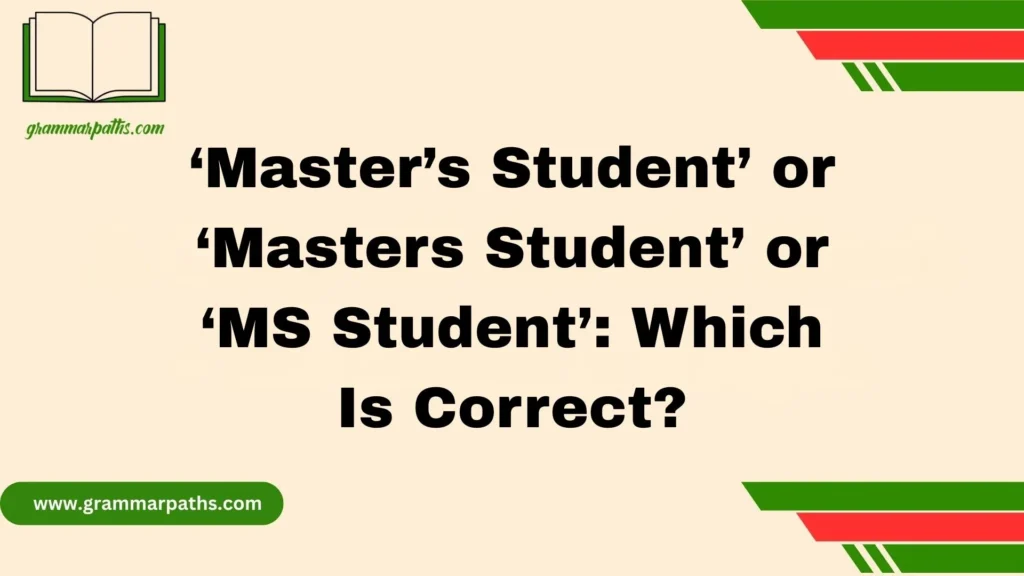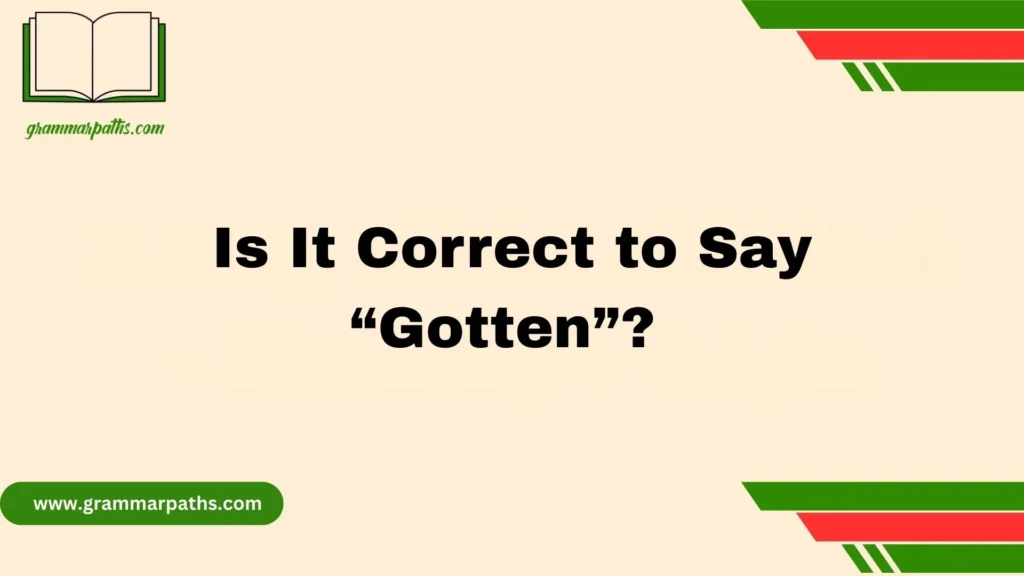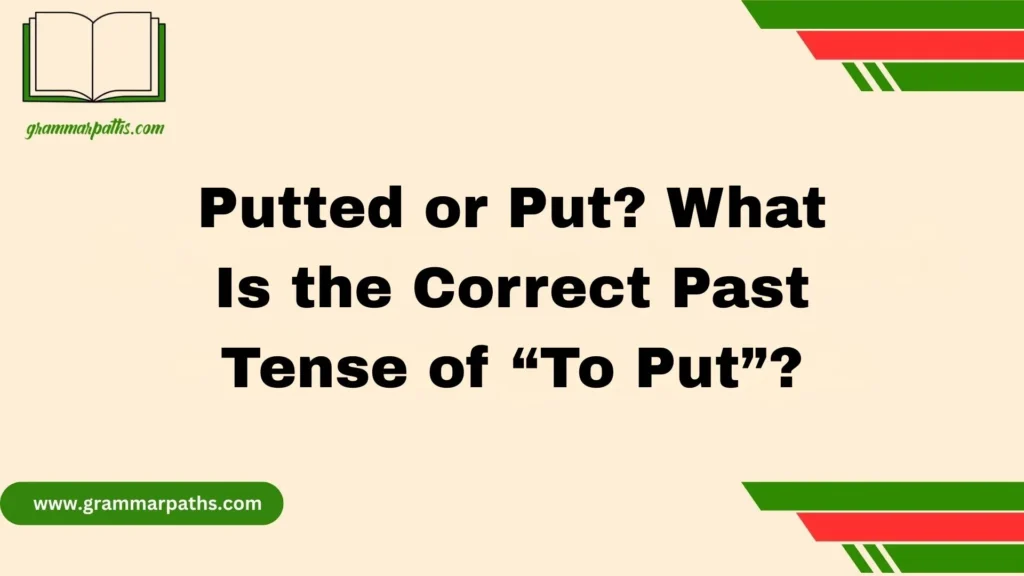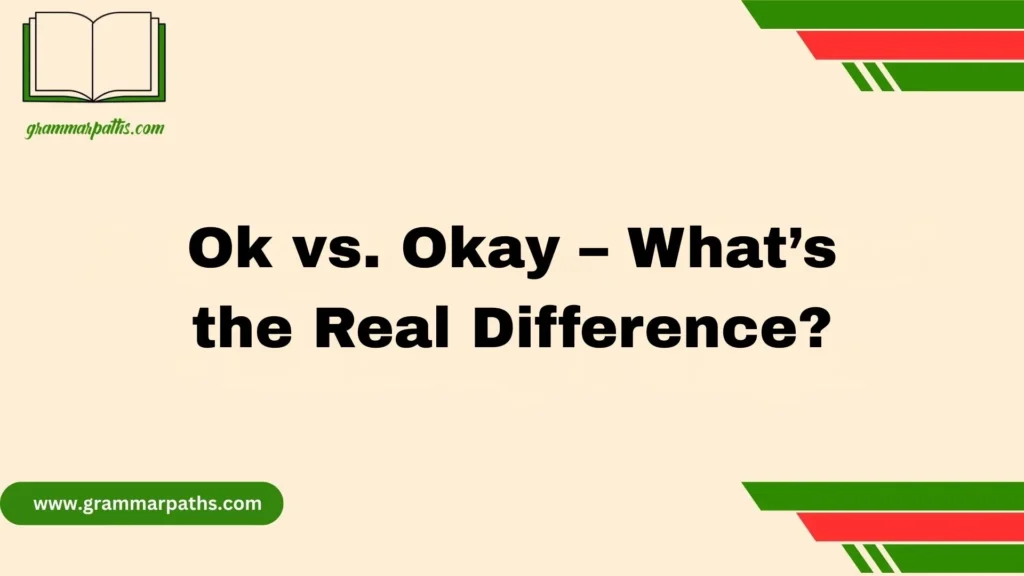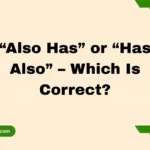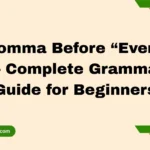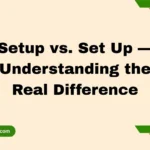The phrase “among others” plays a surprisingly important role in both everyday conversation and writing. It’s a simple way to say that a few people or things are part of a larger group—without having to list every single one. This little expression adds clarity and precision, helping you highlight a few examples while implying there’s more that you haven’t named.
From my own experience, knowing how and when to use “among others” makes your language feel more smooth and natural. Whether you’re talking about a few teammates, items in a list, or even authors in a study, this phrase signals that the people or things mentioned are just part of the picture.
Take this sentence, for example: “She invited Sarah, John, among others.” You immediately understand that Sarah and John aren’t the only ones invited—they’re just a few out of a larger group. This way, you can keep your message concise, clear, and easy to follow, without overwhelming your reader or listener with too many details.
Core Definitions – What ‘In’ and ‘Within’ Actually Mean
Both in and within are prepositions that relate to space, time, or condition. Despite this similarity, they differ in scope and nuance.
- In generally expresses location, inclusion, or condition. It answers “where” or “when” in a broad, sometimes approximate way.
- Within emphasizes limits, boundaries, or containment—whether physical, temporal, or conceptual. It suggests something happens inside a defined range.
Example:
- I live in New York. (Simply stating location)
- I live within the city limits of New York. (Emphasizing a specific boundary)
Understanding these core meanings lays the foundation to use these prepositions correctly.
Comparing Meaning and Usage Side-by-Side
| Feature | In | Within |
| Expresses | Position, inclusion, time, condition | Boundaries, limits, internal range |
| Formality | Neutral, everyday speech | More formal, precise, often in legal/academic contexts |
| Time Reference | Approximate or general | Specific limits or deadlines |
| Spatial Use | Location without strict boundaries | Contained inside clear limits or boundaries |
| Tone | Informal to neutral | Formal, authoritative |
‘In’ – Real-Life Usage and Meaning
Location and Physical Space
When you use in, you usually indicate something inside a space or area. This use is the most common and straightforward.
- She is in the kitchen.
- The keys are in my bag.
- He works in London.
Here, in describes a static location—where something or someone exists at the moment.
But note:
- You say “go in” to describe movement toward the inside of a place.
- You don’t say “go within” for physical motion.
Time and Duration
In often refers to general or approximate time frames.
- I’ll see you in an hour. (approximate)
- The meeting is in July.
- He finished the project in 2023.
However, in does not imply strict deadlines or limits. It describes when something occurs but not by when it must be completed.
Conditions or States
In also expresses abstract states or conditions.
- She is in love.
- He’s in trouble.
- The patient remains in critical condition.
Here, in links a subject to an emotional or physical state, often intangible.
‘Within’ – Real-Life Usage and Meaning
Time Limits and Deadlines
Within highlights a limit or deadline that something should not exceed. It sets a boundary in time.
- You must submit the application within 24 hours.
- The package will arrive within a week.
- Complete the test within 30 minutes.
This sense of constraint makes within ideal for instructions, rules, or legal requirements.
Physical or Theoretical Boundaries
You use within when something is inside a clearly defined boundary, either physical or conceptual.
- Parking is only allowed within designated spaces.
- The software operates within strict guidelines.
- She stayed within the company’s policies.
The word stresses the idea of containment or limits, which in doesn’t always capture.
Formal Tone and Register
Within often appears in formal writing such as academic papers, legal documents, or official reports.
- The results are valid within the parameters of the study.
- Disclosures must occur within 30 days of the incident.
This gives your writing a precise and authoritative tone.
When ‘In’ and ‘Within’ Are Not Interchangeable
While sometimes interchangeable, many situations demand one over the other to avoid confusion.
| Example Phrase | Correct Use | Explanation |
| Finish the report ___ 2 hours. | within | Implies deadline; in sounds vague here |
| The documents are ___ the box. | in | Describes location without stressing boundaries |
| He lives ___ the city limits. | within | Shows specific boundary, not just general location |
| She arrived ___ five minutes. | in | General time frame, no strict limit |
Incorrect use changes the meaning or sounds awkward. Precise communication requires you to grasp these subtle differences.
When Both Work — But One Sounds Better
In some cases, both in and within can work grammatically, but one sounds more natural or fits the context better.
Tone and Style
- In feels more conversational, relaxed, or broad.
- Within adds formality or specificity.
Example:
- The results were achieved in a short time. (common, casual)
- The results were achieved within a short time. (formal, emphasizes limit)
Native Speaker Preferences
Writers and speakers tend to pick the word that matches the tone and rhythm of their message. In creative writing, in might flow better. In legal texts, within sounds right.
Common Mistakes Learners Make
Overusing ‘Within’ in Casual Speech
Many learners mistakenly use within in everyday conversations, making their speech sound stiff.
- Incorrect: I’ll be there within an hour. (Correct but formal)
- Better: I’ll be there in an hour. (More natural in speech)
Using ‘In’ with Deadlines, Causing Ambiguity
Using in when a strict deadline is required causes confusion.
- Submit the form in 24 hours. (Could mean anytime during that period)
- Submit the form within 24 hours. (Clear deadline)
Awkward Constructions
Avoid mixing the words improperly, like:
- He’s in within the limits. (Incorrect)
- He’s within the limits. (Correct)
Tips to Master ‘In’ and ‘Within’
Quick Test for Choosing the Right Word
Ask yourself:
- Am I talking about a general place, time, or state? → Use in
- Am I emphasizing boundaries, limits, or deadlines? → Use within
Memory Trick
- Within = With Limits
- Think of within as a boundary box containing the idea.
Practice Exercises
Try these sentences with both words to see which fits best:
- “The team must finish the task ___ two days.”
- “She lives ___ walking distance of the office.”
- “Please reply ___ the next 48 hours.”
Conclusion:
Choosing between in and within is about understanding boundaries—literal or figurative—and your intended tone. In suits broad, general statements about place, time, and condition. Within sharpens your meaning by highlighting limits, deadlines, or formal contexts.
Mastering these two prepositions will improve your clarity, precision, and confidence in English. So next time you hesitate, ask: Am I describing a general location or state, or am I setting a boundary? The answer will guide you to the perfect word.
FAQS
What is the difference between in and within with example?
“In” shows general location or position, while “within” emphasizes limits or boundaries.
- Example (in): The keys are in the drawer.
- Example (within): Finish the project within two days.
What is an example of in and inside preposition?
“In” is used for general placement, while “inside” often highlights something being deep or enclosed.
- In: The book is in my bag.
- Inside: There is a letter inside the envelope.
How do we use within in a sentence?
“Within” is used to indicate time, space, or limits.
- Example: The store is within walking distance.
What is the difference between in, into, and inside?
“In” means location, “into” shows movement or direction, and “inside” emphasizes being enclosed.
What are the 10 examples of into?
- He jumped into the pool.
- She walked into the room.
- The cat ran into the house.
- Pour the tea into the cup.
- He bumped into an old friend.
- They drove into the city.
- She reached into her bag.
- The book turned into a movie.
- He stared into her eyes.
- The plane flew into the clouds.

Grace Marie is the dedicated writer behind GrammarPaths.com, where she shares her passion for English grammar, idioms, and writing mastery. With a strong background in language studies and years of experience helping learners improve their communication skills, Grace creates clear, practical, and engaging content that makes English easy to understand.

